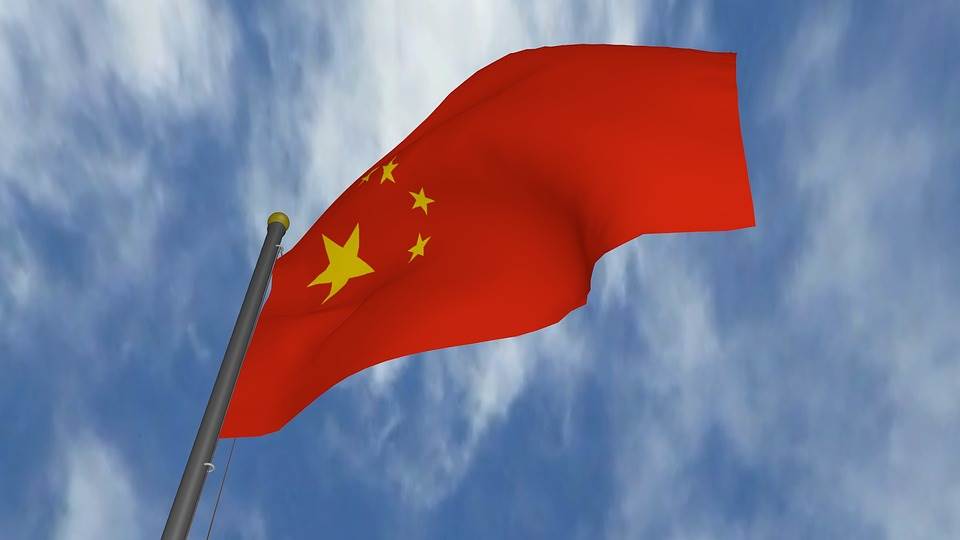 On Monday, comments out of Washington told of a call from Chinese trade negotiators to U.S. trade officials, claiming that China is eager to resume trade talks. But on Tuesday, China was quick to combat this claim, saying that no such phone call had occurred and that no olive branch had been extended.
On Monday, comments out of Washington told of a call from Chinese trade negotiators to U.S. trade officials, claiming that China is eager to resume trade talks. But on Tuesday, China was quick to combat this claim, saying that no such phone call had occurred and that no olive branch had been extended.
On Friday China announced its intention to raise tariffs on $75 billion of American products, while the U.S. confirmed that it would increase the current taxes on $250 billion of Chinese goods. The new tariff rate will be set at 30 percent. President Trump also said that he will place 15 percent tariffs on another $300 billion of Chinese goods as of September 1, instead of the 10 percent tariff he originally planned.
The U.S. dollar was lower on Tuesday, down 0.20 percent as of 12:37 p.m. HK/SIN, to 97.89 .DXY. The dollar continued easing against the yen after falling during the Asian session, and it was down 0.38 percent just after noon in London, to 105.72. The yen’s gains were hardly surprising as the currency has long been considered a safe-haven asset during turbulent political and economic times.
The British pound soared against the greenback to trade at $1.2266, up 0.42 percent, while the euro was narrowly higher against the greenback to trade at $1.1107.
Meanwhile, on the stock markets, global benchmarks were mostly higher despite the confusion regarding the trade talks. All major Asian benchmarks closed higher on Tuesday, with the exception of Hong Kong’s Hang Seng Index which ended down 0.06 percent. In Europe, benchmarks were also in the green, with the exception of the FTSE which was down 0.13 percent.
